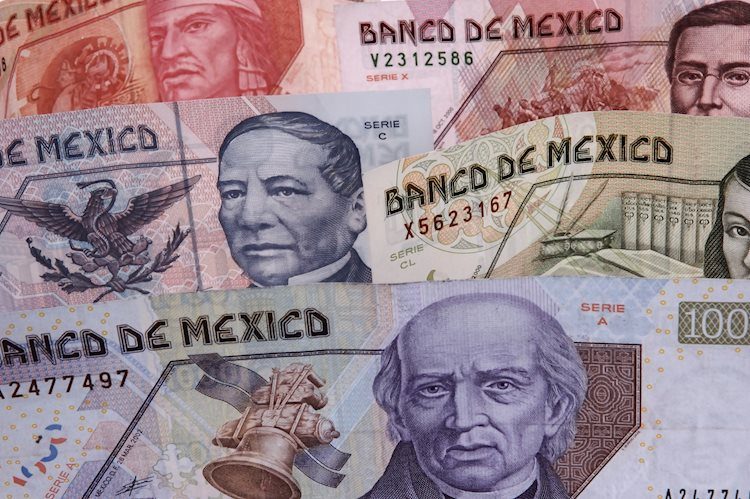The Mexican Peso fell to a seven-week low as trade deficit hit its worst level since August 2020. Data from INEGI showed that Mexican exports and imports plunged, with exports contracting by 5.7% year-over-year, the steepest drop in 46 months. This, coupled with the strength of the US Dollar, has kept the USD/MXN trading at 18.67, gaining more than 1.20%. The upcoming US economic reports and the Federal Open Market Committee (FOMC) decision are expected to keep the USD/MXN rally alive.
Market participants are awaiting the FOMC monetary policy decision, the release of the Institute for Supply Management (ISM) Manufacturing PMI, and the Nonfarm Payrolls (NFP) report. Month-end flows favoring the Greenback are likely to keep the USD/MXN exotic pair upwardly pressured. Although the FOMC is expected to hold rates unchanged, investors continue to underpin the US Dollar ahead of the decision. The unwinding of high-yielding Latam FX carry trades has also been triggered by more risk-off trading conditions.
Mexico’s Balance of Trade deficit in June was reported at $-1.073 billion, missing the consensus of $1 billion. Analysts now estimate that annual inflation in Mexico will end at 4.30%, up from the previous forecast of 4.20%. Core inflation is expected to finish 2024 at 4.0%, and economic growth is projected to slow, with an expected growth rate of 1.9%. Last week’s US inflation data suggested progress toward lowering it to 2% continues, with USD/MXN traders awaiting further economic reports and the FOMC decision.
The technical analysis shows the Mexican Peso extending losses as the USD/MXN closes in on 18.70. The uptrend continues, with the Relative Strength Index (RSI) confirming bullish momentum. If bulls challenge the YTD high at 18.99, the next resistance levels are at 19.00, 19.23, and 19.50. Conversely, a retreat beneath 18.00 could open the way to test the 50-day Simple Moving Average (SMA) at 17.89, with further support at 17.58 and 17.38.
The value of the Mexican Peso is influenced by various factors such as the country’s economic performance, central bank policy, foreign investment, remittances, geopolitical trends, and oil prices. Mexico’s central bank, Banxico, aims to maintain low and stable inflation levels by setting appropriate interest rates. Macroeconomic data releases play a crucial role in assessing the state of the economy and impact the MXN valuation. The Mexican Peso tends to strive during risk-on periods and weaken during market turbulence or economic uncertainty.


























